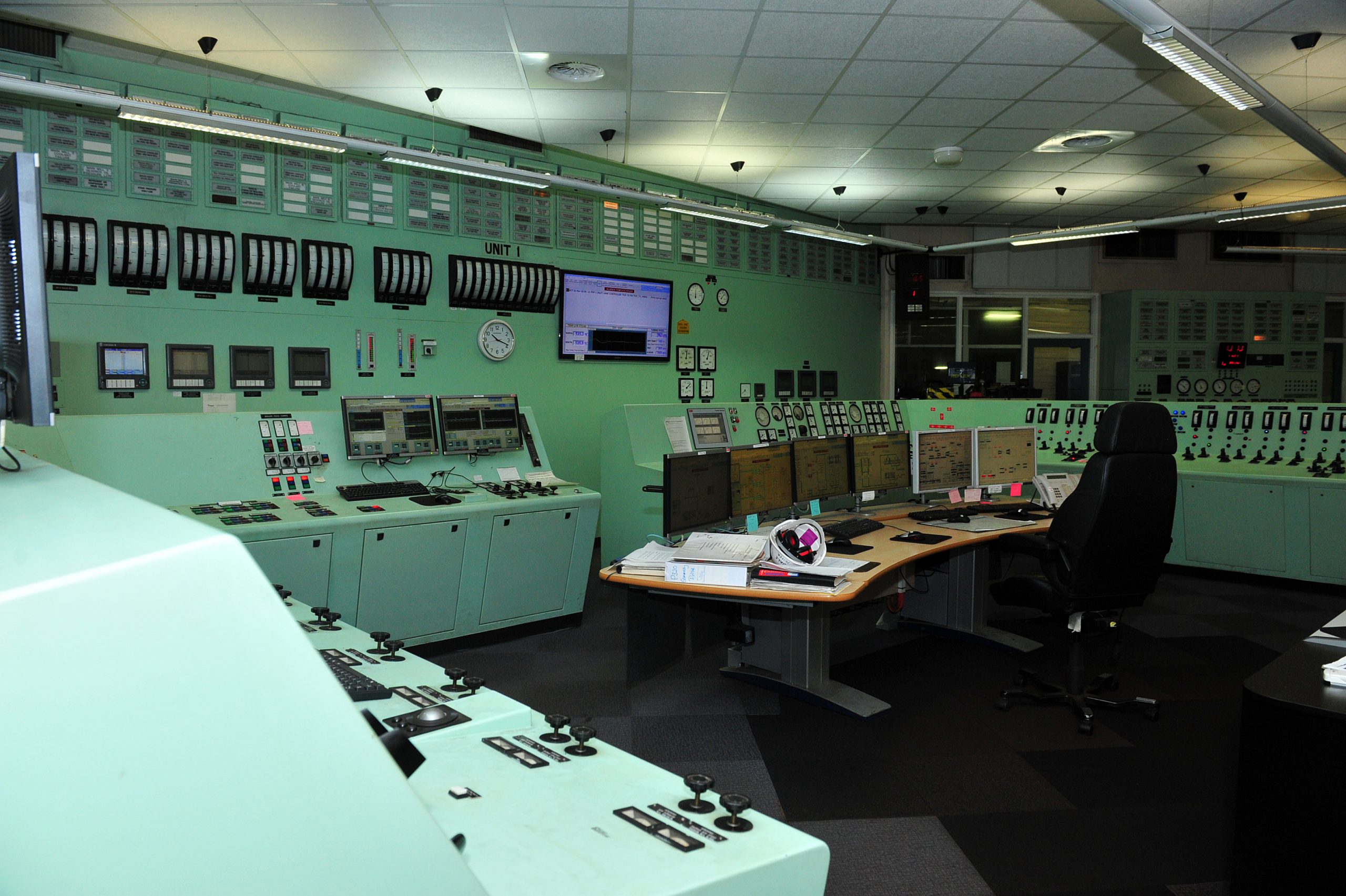The records of the old State Electricity Commission effectively stretched about 100 kilometres, and Gavan McCarthy well remembers how he won the job to save them.
Some were almost thrown out by the cleaners.
It was the mid-1990s and the Kennett privatisation was in the air.
“I was asked to go and do a little consultancy, a field survey, for Hazelwood and Morwell [power stations],” Associate Professor McCarthy, director at Melbourne University’s eScholarship Research Centre, said.
“I went to the Valley and they showed me where they had their old records that they had basically put in a storeroom – with their toilet rolls, broken down lights… and did a proposal for them, how you would deal with that,” Professor McCarthy, who was then running a unit called The Australian Science Archives Project at the university’s Department of History and Philosophy of Science, said.
“That began what became a long and involved relationship with Hazelwood.”
Ultimately, when privatisation of the power generators occurred, his team got the job to document the records.
These had to be split between the six different power generators.
“There were a whole lot of records that needed to be duplicated. As part of due diligence for the selling, every power generator needed to have all the records they thought they would need to keep functioning effectively,” he said in an interview with The Express.
At the time, it was the largest single archival documentation project ever run in the country.
The team used the digitisation facility at the ASIC office in Traralgon.
“They had just built this digitisation facility – state of the art in the country. They were using it during the day to image company reports, and then at night, we were using it to image SEC records,” Professor McCarthy said.
“We would have ended up making millions of pages with the technology of the time.”
The team created what was then called a ‘juke box’ of CDs of imaged records – all black and white; the cameras and scanners could not do colour.
“They were then burned onto CDs and the jukebox was created. Then there was the filing of a guide that would tell you where the records were,” he said.
“That was what we did. We basically worked with the SEC for about five years on a range of projects – up to Southern Hydro, the Valley, Newport.”
The team also won the contract to organise the due diligence data rooms – to organise the jukeboxes, the finding aids and the guides so prospective buyers could check out the records to ensure a legitimate sale could take place.
SEC engineering staff on the path to redundancy gave invaluable help, allowing the team to locate the records for the big assets, such as Hazelwood or Yallourn, the Blue Rock Dam, the underground infrastructure, and also things relating to turbines, boilers, and other infrastructure.
“This meant we could apply filters to that data, such as, for example, ‘Find me all the records relating to Blue Rock Dam’. People will know where to go and find the records. With 100 kilometres of records, they could be anywhere,” Professor McCarthy said.
Then the SEC’s Williams Street head office lease was given up.
“But they discovered that they had not made any provision to take all the records out of the building and making sure they knew what they were, and having people have access to them,” he said.
“So we got another project – to survey those records. Basically the instructions were, when people left – and people were leaving left, right and centre – if they just left their desk, they just did not touch anything – they just walked out.
“Our job was to come in and grab each desk, all of the records around it, figure out what was there, pack them up as they were and know exactly what desk they came from and what floor – and systematically so that access to records could be maintained continuously as the transit process was undertaken. It was an extraordinary piece of due diligence.”
The aim was to ensure there were no hiccups in the knowledge transfer process, “so we did not accidently get whole power stations going down because people did not know what was going on”, he said.
It did not work perfectly for Hazelwood, where they damaged a boiler.
“That was huge at the time. They did not blow it, but they had to close it down. It was such a dramatic story of a failure of due process in managing knowledge and capability,” Professor McCarthy said.
“The cost was significant. They had to rebuild the boiler.”
With the power station sales completed, the new owners had the jukeboxes with the records, which were also sent to the Public Records Office of Victoria in North Melbourne.
“That was the point where we said, ‘We’re done’,” Professor McCarthy said.
The SEC’s general manager, Brett McKenzie, told The Express that record processing was a significant activity during privatisation as successor organisations were assigned relevant records.
“Records since that time have continued to be processed and managed according to the Public Records Act 1973,” he said.
Mr McKenzie said SECV permanent records at the PROV may be viewed by the public at the PROV reading room.
“SECV non-permanent records have been stored at Melbourne records storage facilities providers,” he said.












